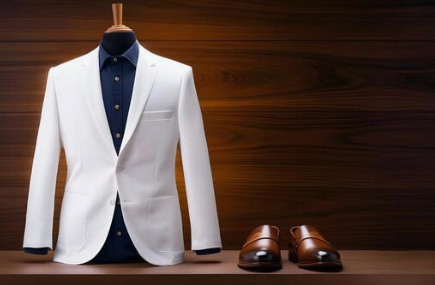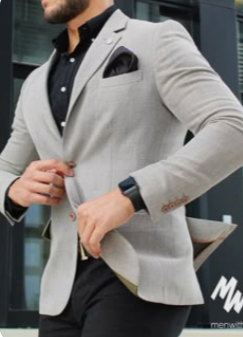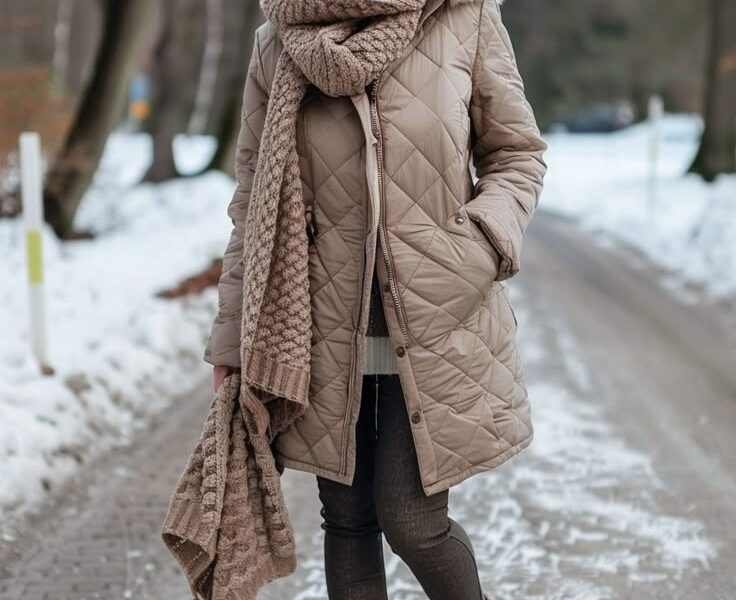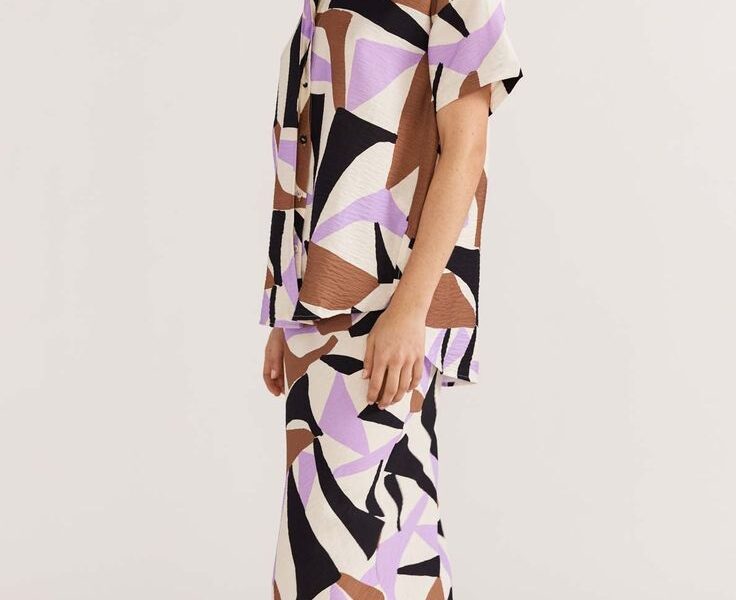
Pent Curt Fashion is a modern term used to describe the art of combining pants (“pent”) and shirts (“curt”) into coordinated, stylish ensembles that reflect both comfort and personality. Unlike traditional fashion trends that emphasize standalone pieces, Pent Curt Fashion celebrates harmony — ensuring that every element of an outfit complements the other in color, texture, and silhouette. This fashion movement values precision in styling, where both garments are chosen deliberately to create balance, elegance, and expression.
At its core, Pent Curt Fashion highlights how simplicity can merge with sophistication. It takes inspiration from professional attire and everyday wear, blending them into looks that fit multiple occasions. From formal office meetings to weekend outings, the concept offers flexibility without compromising on style. The beauty of Pent Curt Fashion lies in its adaptability — men and women can personalize it based on culture, body shape, and seasonal needs.
Furthermore, this trend has grown in global recognition because it supports minimalism and individuality simultaneously. While matching outfits once seemed monotonous, today they symbolize effort and attention to detail. Whether through matching tones, contrast layering, or texture play, Pent Curt Fashion promotes confident dressing that communicates self-awareness and class. It’s more than just pairing clothes — it’s a mindset of looking put-together, organized, and fashion-forward in every setting.
The Concept and Origin of Pent Curt Fashion
The concept of Pent Curt Fashion can be traced back to the evolving idea of coordination and symmetry in dressing. Historically, matching garments were linked to uniforms, royal attire, and ceremonial fashion — where coordination represented unity and prestige. Over time, this notion evolved into modern dressing habits, inspiring designers to create sets and ensembles that deliver cohesion and sophistication.
In the early 20th century, tailored suits for men and coordinated blouses with skirts for women became popular symbols of refined dressing. The idea of pairing pants and shirts in matching tones or complementary cuts grew rapidly as workplaces and social settings demanded more polished, versatile attire. Designers in the late 20th and early 21st centuries began experimenting with textures, colors, and innovative fabrics to elevate these pairings beyond functionality into fashion statements.
The term “Pent Curt Fashion” emerged as a modern reflection of this evolution — emphasizing the relationship between the two most essential wardrobe pieces: pants and shirts. It celebrates how coordinated styling can enhance personality, create proportion, and ensure visual harmony. In many ways, it represents fashion’s shift toward intentional dressing, where every combination tells a story about taste and individuality.
Today, the concept continues to evolve, blending cultural influences, digital trends, and sustainability. From fashion influencers to luxury brands, the Pent Curt approach has become a universal language of smart, balanced dressing — timeless yet modern, minimal yet expressive.
The Evolution of Coordinated Outfits
The evolution of coordinated outfits has been a fascinating journey from strict formality to creative self-expression. In the past, matching sets were primarily associated with uniforms or ceremonial wear, symbolizing order and tradition. However, as fashion democratized and lifestyles diversified, coordination became more about style coherence than conformity. This transition marked the birth of mix-and-match dressing — where individuals began experimenting with patterns, fabrics, and silhouettes while maintaining balance between upper and lower garments.
The mid-20th century witnessed the rise of power dressing, where tailored suits and matching coordinates became a sign of authority. Simultaneously, women’s fashion embraced elegant pant-and-blouse sets as a representation of freedom and professionalism. The 1980s and 1990s brought bolder patterns and color-blocking, reflecting individuality and experimentation.
In contemporary fashion, the concept of coordination has expanded even further. Social media, celebrity influence, and streetwear culture have turned matching sets into lifestyle essentials. Today, coordinated outfits aren’t just about color — they incorporate fabric consistency, texture blending, and proportional balance. Whether it’s monochrome tones, pastel combinations, or contrasting patterns, the goal remains harmony and sophistication.
Modern designers now blend casual and formal elements, allowing coordinated dressing to transition smoothly across settings. Sustainability has also reshaped this trend — with brands designing long-lasting, versatile pieces that mix effortlessly across collections. Thus, the evolution of coordinated outfits mirrors the evolution of human self-expression — moving from rigidity to freedom, and from repetition to refined creativity, ultimately defining what we now recognize as Pent Curt Fashion.


